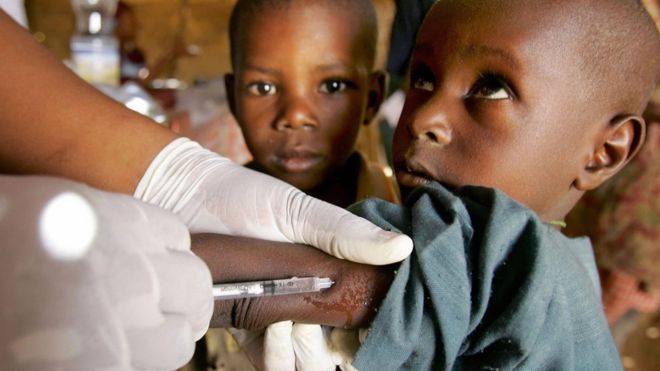Meningitis: All You Need To Know & How To Avoid it This Season

The Federal Ministry of Health has stated that 328 deaths associated with Meningitis have been recorded in the country since November 2016. However, some non-infectious causes of meningitis also exist.
According to Medical News Today, Meningitis is the inflammation of the meninges, the collective name for the three membranes of the central nervous system, which consist of the brain and spinal cord. The meninges’ main function alongside the cerebrospinal fluid is to protect the central nervous system generally caused by infection of viruses, bacteria, fungi, parasites.
Symptoms Of Meningitis
Meningitis is not always easy to recognize at first, because it mimics symptoms of other virus based infections such as Flu. In many cases meningitis may be progressing with no symptoms at all. In its early stages, such symptoms are:
- Vomiting
- Nausea
- Muscle pain
- High temperature fever
- Headache
- Cold hands and feet
- A rash that does not fade under pressure. This rash might start as a few spots in any part of the body, then gradually spread and look like a bruise. The rash may initially fade, and then come back.
Treatment options
Meningitis treatment will generally depend on four main factors:
- The age of the patient
- The severity of the infection
- What organism is causing it?
- Are other medical conditions present?
Viral meningitis, just like other viral infections will wear out and not need any medical treatment. If symptoms continue after two weeks the person should see his/her doctor. For severe meningitis which is caused by bacteria but can be viral may require hospitalization, and includes:
- Antibiotics, usually administered intravenously by injection, or through an IV.
- paracetamol, effective in bringing the patient’s temperature down. Other methods for reducing the patient’s fever may include a cool sponge bath, cooling pads, plenty of fluids, and good room ventilation.
- Anti-convulsants , if the patient has seizures, they will be given an anti-convulsant, such as phenobarbital or dilantin.
- Oxygen therapy, if the patient has breathing difficulties oxygen therapy may be given. This may involve a face mask, a nasal cannula, a hood, or a tent. In more severe cases a tube may be inserted into the trachea via the mouth.
- Fluid control, dehydration is common for patients with meningitis. It is crucial that they get adequate amounts of fluids. If the patient is vomiting, or cannot drink, liquids may be given through an IV.
- Sedatives, these are given if the patient is irritable or restless.
How to avoid meningitis
1. Avoidance of close and prolonged contact with people affected
2 Proper disposal of respiratory and throat secretions
3. Strict observance of proper hand hygiene
4. Reduction in sharing personal items
5. Stop self medication, seek medical help
TIP
There is a way you can check if you or a family member has meningitis, medical experts call this The glass test
- Press the side of a drinking glass firmly against the rash.
- If the rash fades and loses color under pressure it is not a meningitis rash.
- If it does not change color you should contact a doctor immediately
PLEASE REPORT ANY CASE OF MENINGITIS TO THE NEAREST HEALTH CENTER, ENDEVOUR TO GET YOUR SELF AND YOUR FAMILY VACCINATED.



Thanks for the information
Thanks MIM for this info
Thanks for sharing this information MIM. God bless you.
thanx mim